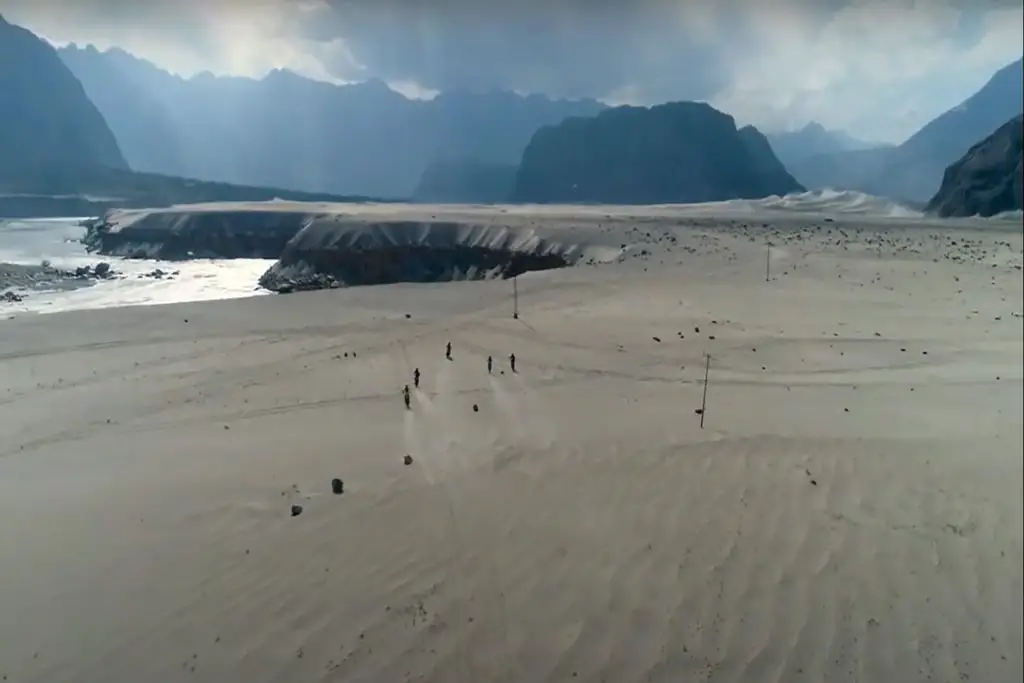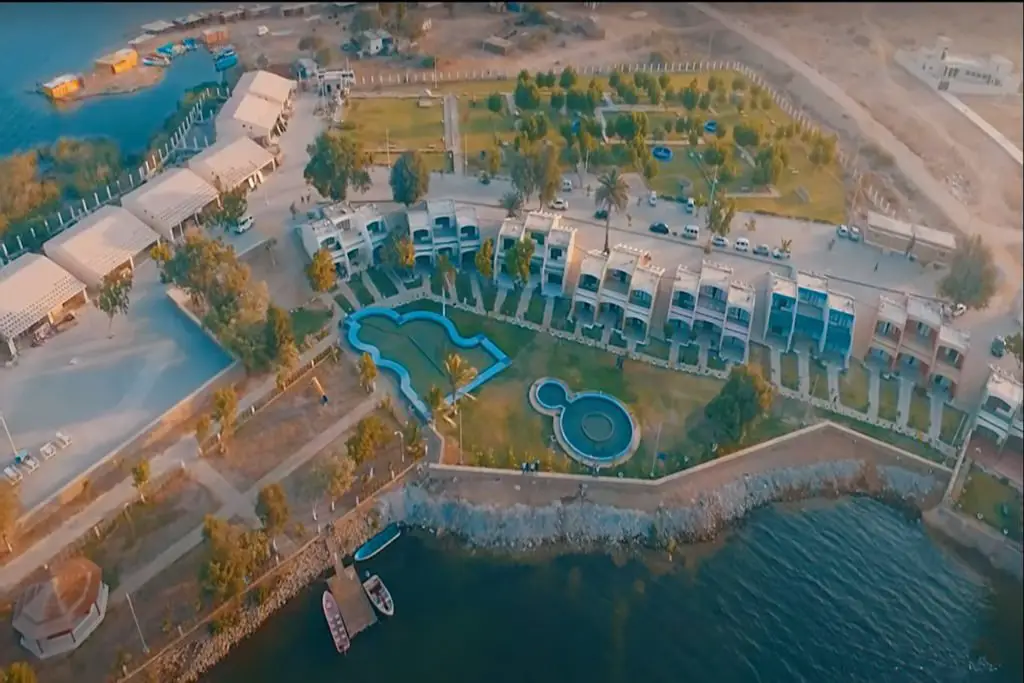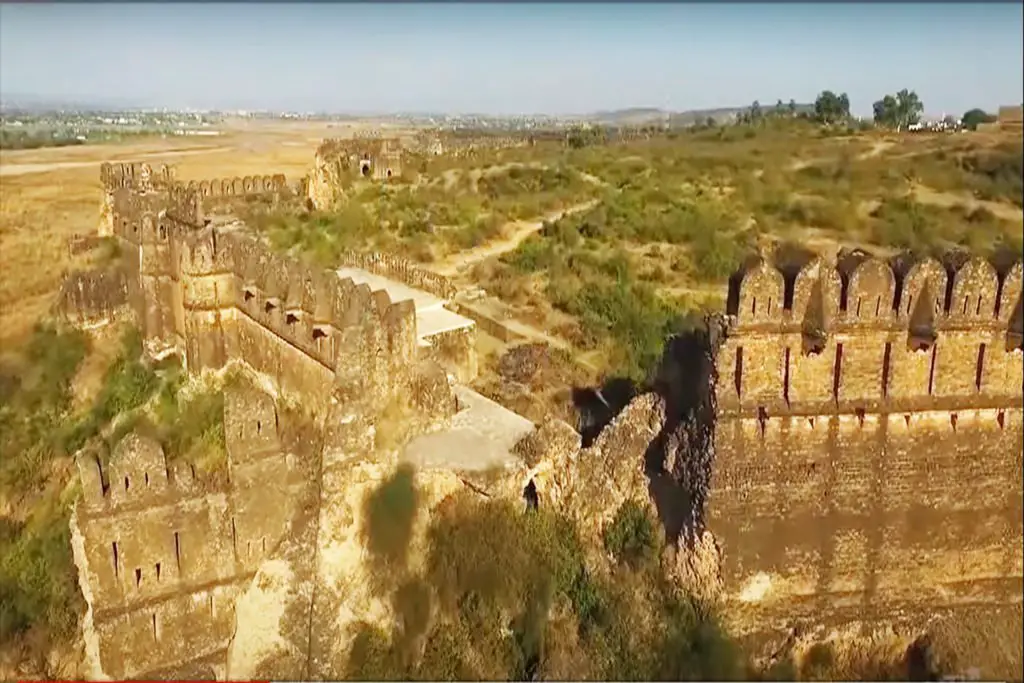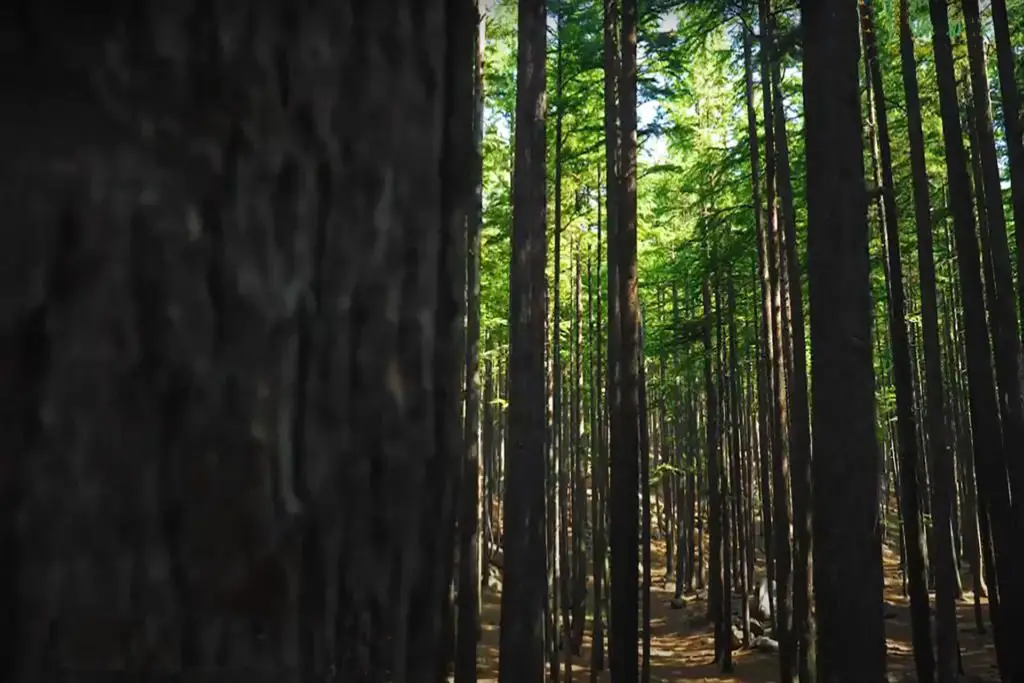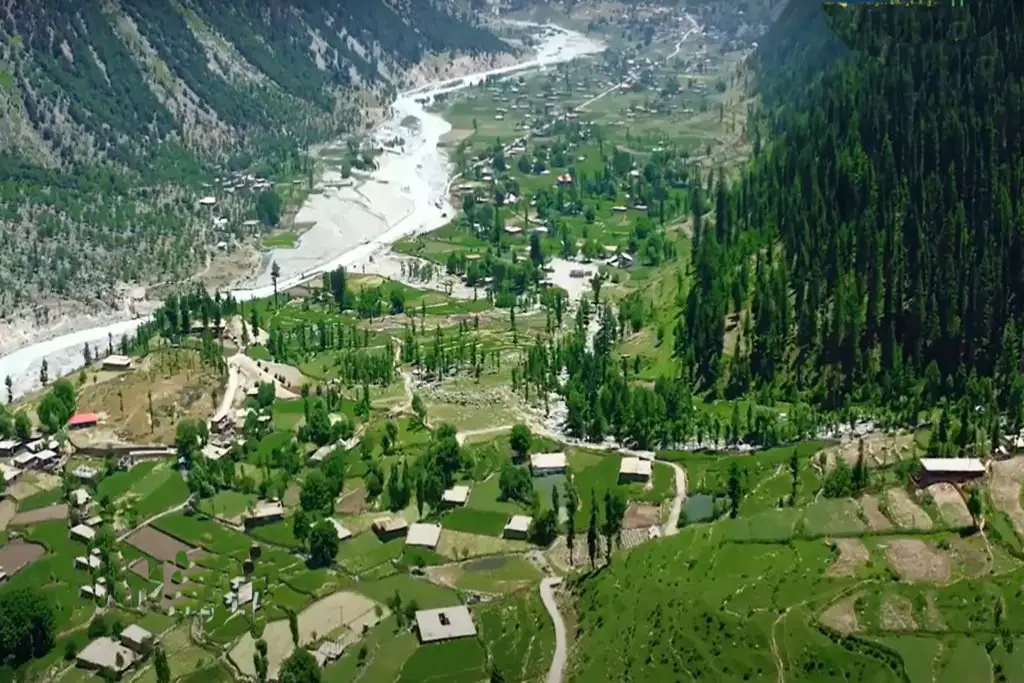The Kartarpur Corridor is one of the most significant pilgrimage routes for Sikhs worldwide, connecting India’s Dera Baba Nanak in Punjab to Gurdwara Darbar Sahib Kartarpur in Pakistan. This sacred passage allows devotees to visit the final resting place of Guru Nanak Dev Ji, the founder of Sikhism, without needing a visa.
Whether you’re a pilgrim planning your journey or a traveler interested in interfaith harmony, this guide covers everything you need to know about the Kartarpur Corridor pilgrimage.
1. Historical & Spiritual Significance
Why Kartarpur Matters
- Guru Nanak Dev Ji spent the last 18 years of his life in Kartarpur (1522–1539).
- The Gurdwara Darbar Sahib Kartarpur marks the site where he established the first Sikh commune.
- The corridor was opened in November 2019, easing travel restrictions after decades of political barriers.
A Symbol of Peace
The Kartarpur Corridor is more than just a religious route—it represents:
✔ Interfaith harmony between India and Pakistan
✔ Easier access for Sikh pilgrims after 70+ years of restrictions
✔ A diplomatic bridge despite political tensions
2. Travel Requirements & Entry Process
Who Can Visit?
- Indian & Pakistani Sikhs (priority access)
- Overseas Sikhs (with prior registration)
- Non-Sikh visitors (allowed but with fewer privileges)
Documents Needed
- Indian Pilgrims:
- Passport (or OCI card for NRIs)
- Kartarpur Pilgrimage Registration (via https://prakashpurb550.mha.gov.in)
- Foreign Visitors:
- Valid passport & Pakistani visa (unless eligible for visa-free entry)
Entry Process
- Register online (Indian pilgrims must apply 10+ days in advance).
- Arrive at Dera Baba Nanak (India) for security checks.
- Cross the border via the Kartarpur Corridor bridge (4.7 km).
- Pakistani immigration verifies documents before allowing entry.
3. The Pilgrimage Experience
What to Expect at Gurdwara Darbar Sahib Kartarpur
- A stunning white-marble complex with a gold-plated dome.
- The sacred well where Guru Nanak Dev Ji is believed to have drawn water.
- Continuous kirtan (devotional singing) and langar (free community kitchen).
- A peaceful atmosphere with well-maintained gardens.
Key Rituals & Customs
✔ Matha Tekna (bowing before the Guru Granth Sahib)
✔ Participating in the Langar (volunteering is encouraged)
✔ Listening to Kirtan & Katha (religious hymns and stories)
4. Travel Tips for Pilgrims
Best Time to Visit
- November–March (pleasant weather, peak pilgrimage season)
- Avoid monsoon season (July–September) due to flooding risks.
What to Carry
- Comfortable clothing (head covering mandatory inside the Gurdwara)
- Basic medicines & water bottle
- Small change for donations (optional)
Security & Restrictions
- No alcohol or tobacco allowed.
- Drones & large cameras require special permission.
- Pakistani SIM cards may not work; Indian networks have limited coverage.
5. Beyond the Pilgrimage – Nearby Attractions
While in Pakistan, pilgrims can also visit:
- Nankana Sahib (Birthplace of Guru Nanak Dev Ji)
- Hassan Abdal (Panja Sahib) – A holy site with Guru Nanak’s handprint
- Lahore’s Sikh Heritage Sites (including Samadhi of Maharaja Ranjit Singh)
6. The Future of the Kartarpur Corridor
The corridor remains a symbol of hope for stronger India-Pakistan people-to-people ties. Future expansions may include:
🔹 Extended visa-free access for more pilgrims
🔹 Better infrastructure (hotels, transport links)
🔹 Cultural exchanges between Sikh communities
Final Thoughts
The Kartarpur Corridor pilgrimage is a once-in-a-lifetime spiritual journey that transcends borders. For Sikhs, it’s a chance to walk in the footsteps of Guru Nanak Dev Ji. For travelers, it’s a rare opportunity to witness faith overcoming political divides.
Plan Your Pilgrimage Today!
📅 Register Early – Slots fill quickly!
🛂 Check Travel Advisories – Rules may change.
🙏 Respect Local Customs – Follow Gurdwara protocols.
Have you visited the Kartarpur Corridor? Share your experience in the comments!

